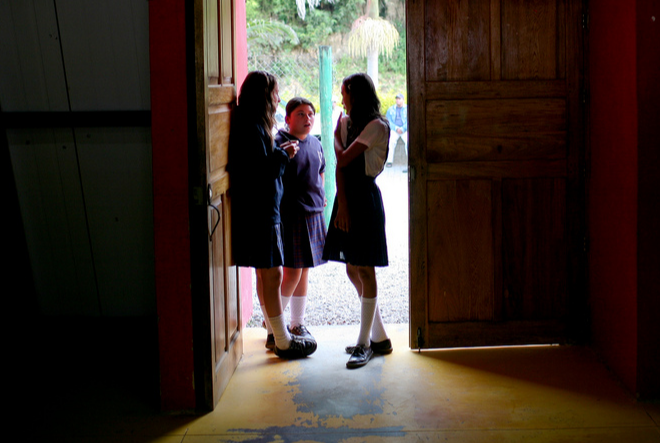The world isn’t paying enough attention to Latin America’s child-bride problem

*The good news, NGO’s are working with girls in rural Latin America where 97% of those participating in the program remained unmarried throughout its duration. VL
 By Rachel B. Vogelstein, Quartz
By Rachel B. Vogelstein, Quartz
Over the past decade, world leaders and human-rights activists alike have increasingly recognized that the practice of child marriage undermines development and stability. This is especially true in regions like sub-Saharan Africa, where Niger claims the highest rate of child marriage globally—at 75%—as well as in South Asia, where India is home to about one third of the world’s known child brides.
Less common, however, are efforts to combat this practice in Latin America, despite high numbers in the region: According to a report launched in July 2015 by Promundo, a Brazil-based non-governmental organization (NGO), Brazil is ranked fourth in the world in terms of absolute numbers of girls married or cohabitating by age fifteen. More than 870,000 women ages 20 to 24 years are married by age 15, and about three million—or 36%—will be married by 18.
The practice of child marriage also has been overlooked in Central America, where institutionalized racism, poverty, ambiguous laws, and lack of opportunity fuel high rates in rural communities.
For example, notwithstanding a legal prohibition against marriage before age eighteen in Oaxaca, Mexico, in 2010, 12% of adolescent girls 15 to 17 were married through formal or informal unions, and about 54% of these girls already had at least one child. In Guatemala, 30% of girls were married by 18 nationwide, but in rural communities, this percentage nearly doubled to 53%.
Click HERE to read the full story.
[Photo by ayngelina/Flickr]

